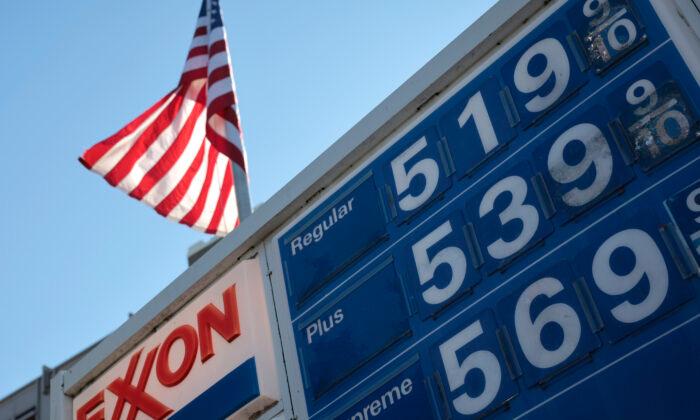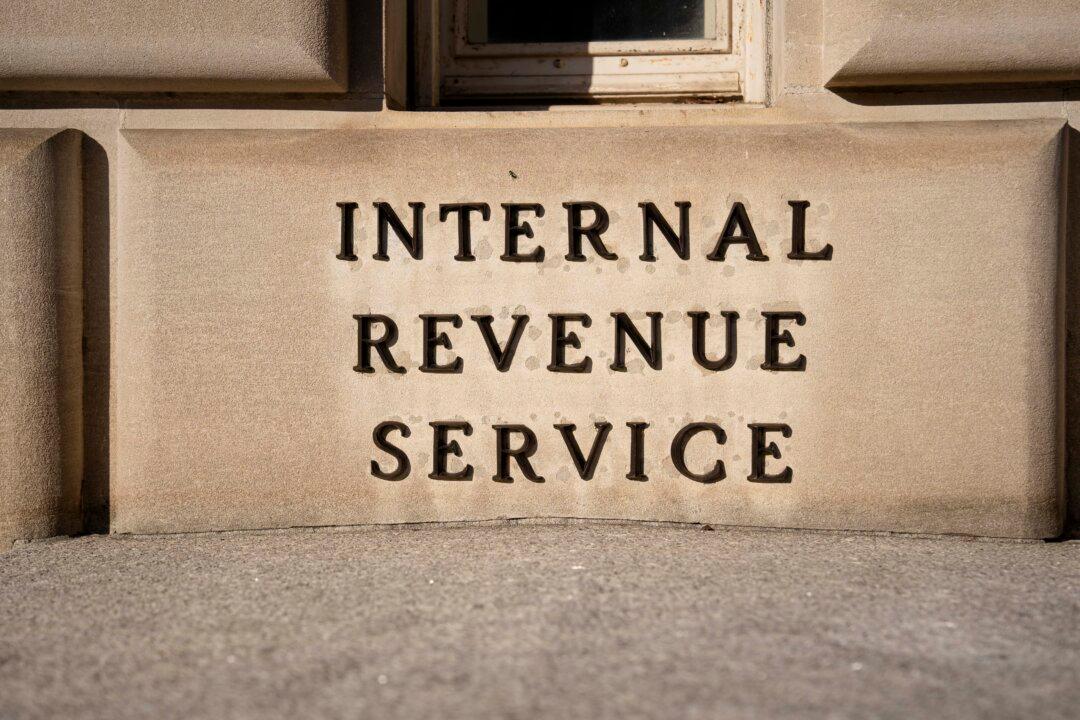U.S. gas prices, which had been falling in recent days from their record highs in March, have begun to rise once more, based on data from the American Automobile Association (AAA).
Regular gas prices averaged $4.114 per gallon nationwide on April 20, according to
AAA, up by 0.75 percent when compared with $4.083 per gallon a week ago. However, the current price is 3.31 percent less than $4.255 per gallon a month ago. When compared with $2.872 per gallon a year ago, gas prices are up by over 43 percent. The highest recorded average price for regular gas was $4.331 per gallon on March 11.
Some experts think that gas prices will continue to go higher. Tom Kloza, global head of energy analysis at the Oil Price Information Service, calls the gasoline market “still scary” and does not believe $4.33 per gallon will be the highest price in the coming few months. The Russia–Ukraine conflict continues to be an influence over the market, he pointed out.
“As long as it looks as though European countries are heading towards some further restrictions, it’s difficult for the market to drop for more than one or two days,” Kloza told
CNN.
However, not everyone thinks the upward trend is sustainable. “Due to #gasprices rising in both #Florida and #Maryland recently, the national average has edged higher to $4.09/gal. Whenever the Great Lakes states jump, it will go up, but otherwise expect a drift down. Basically, a few bumps coming,” oil analyst Patrick De Haan said in an April 19
tweet.
The Energy Information Administration (EIA) calculates retail gas prices to average $3.84 per gallon this summer season, which would be the highest since 2014. Though this is lower than current numbers, it is higher than the average price of $3.06 per gallon last summer. The agency also forecast U.S. gas consumption to be up by 0.8 percent from last summer to 9.2 million barrels per day.
“We expect more travel this summer than last summer, and consequently more U.S. gasoline consumption, because we assume that the effects of the COVID-19 pandemic on gasoline consumption will be less significant and that employment will continue to rise,” EIA said in its April 12 Summer Fuels Outlook
report.
“The consequences of Russia’s further invasion of Ukraine, along with increasing global economic activity that contributes to more oil consumption throughout this summer, results in our expectation of high crude oil prices.”
Crude oil continues to trade above $100 per barrel despite the fact that almost 400 million people in China, one of the major oil consumers in the world, are under COVID-19 lockdown. The International Energy Agency (IEA) is expecting the Russian
oil supply to fall by 1.5 million barrels per day in April, with the shortfall doubling to three million next month.





